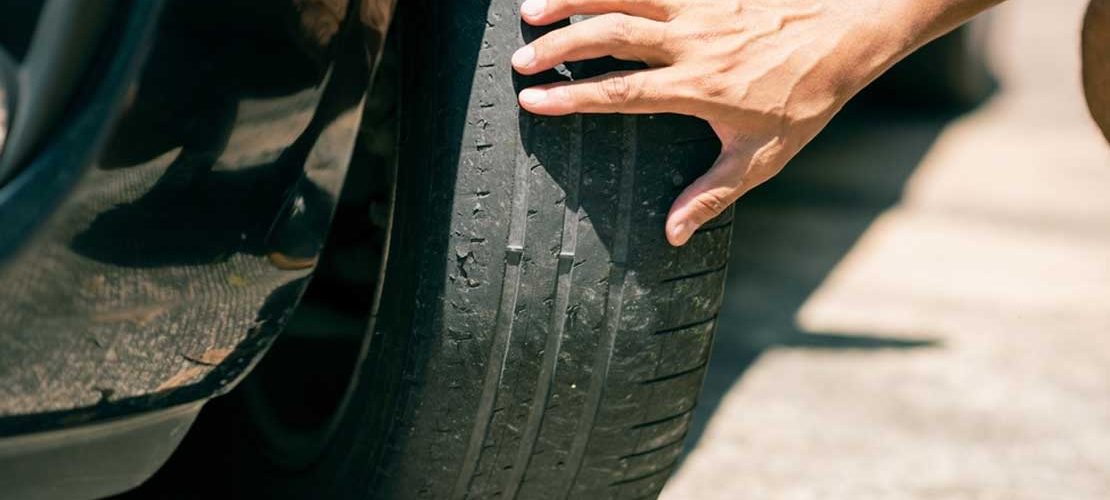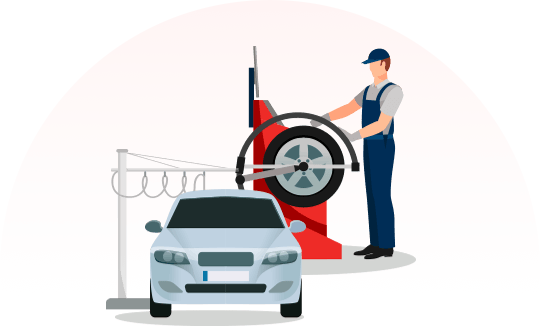- 15 Jul 2023
The Impact of Weather on Car Tire Performance

Conditions in the weather have a big effect on how well your car tyres work, so drivers need to know how different things can affect tyre operation. Whether it’s very hot or very cold, each type of weather has its own problems that can affect how well tyres work and how safe the roads are generally.
Heat and high temperatures: When it’s hot outside, the temperature of the asphalt can rise a lot, which can change the chemicals that make up tyre rubber. High temperatures can make tyres wear out faster, have shorter tread lives, and be more likely to blow out. In hot weather, it’s very important to make sure your tyres are properly inflated to keep them from overheating and breaking.
Cold Temperatures and Winter Conditions: Tyres don’t work as well when it’s cold outside, especially in the winter. When it gets cold, the rubber in tyres likes to harden, which makes them less slippery. Winter tyres have a different rubber substance and tread pattern than regular tyres so they can grip and handle better when it’s icy or snowy outside.
Conditions of Rain and Wet Weather: Driving in wet weather is tricky because of hydroplaning, less grip, and longer stopping distances. For the best performance in wet weather, tyres must have a good tread depth and a design that moves water away from the tyre surface.
Weather Conditions: Tyres that are made to grip snow and ice need to have a special tread pattern. Winter tyres are made with softer rubber materials that stay flexible in cold weather. This makes them better at gripping and traction on roads covered in snow and ice.
Storms with Hail and Other Extreme Weather: Storms with hail and other extreme weather can damage tyres. Damage to the sides or tread of tyres can be caused by large hailstones. To keep everyone safe, it’s important to check the tyres for damage after these kinds of events.
UV Radiation: Tyres can get old if they are exposed to sunshine and UV radiation for a long time. UV rays can break down the rubber, which can lead to cracks and a shorter tyre life. UV damage can be lessened by parking in shady places or putting tyre covers on your car when you leave it alone for a long time.
Changes in Pressure: Changes in the weather can make tyre pressure change. In the case of tyres, cold weather can make the pressure drop, and hot weather can make it rise. For the best performance and safety, you must check and adjust your tyre pressure as directed by the maker on a regular basis.
Seasonal Tyre care: To get the most out of your tyres, you might want to think about seasonal tyre care. This includes regularly turning the tyres, checking the alignment, and making sure the tyres are properly inflated. By doing these things, you can make your tyres last longer and make driving easier.

 Google Review
Google Review 




 Google Review
Google Review
 Digitally enhanced by
Digitally enhanced by